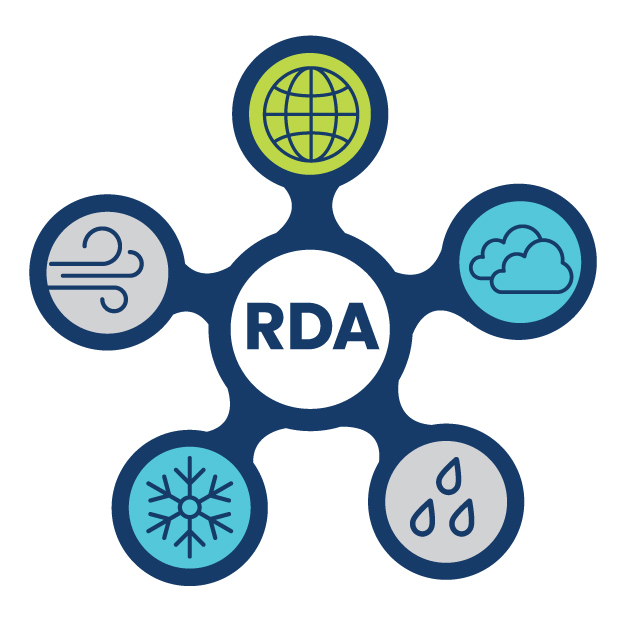
The GLACE Hydrology Experiment
d198000
| DOI: 10.5065/3CF6-8910
The GLACE Hydrology experiment investigates the impact of land and atmosphere anomaly coupling on land variability. This is a new two-stage climate model experimental design . First, as in the GLACE and CMIP5 experiment, two identical sets of coupled land and atmosphere climate model (CAM5 with CLM4.5) ensembles are performed, with each simulation using the same prescribed observed sea surface temperatures and radiative forcing for the years from 1971 to 2014. In one set, land and atmosphere anomaly coupling is removed by prescribing soil moisture to follow the control model seasonal soil moisture climatology (land and atmosphere uncoupled), to enable a contrast with the original control set (land and atmosphere coupled). Then, the atmospheric outputs from both sets of simulations are used to force land-only ensemble simulations, allowing investigation of the resulting soil moisture variability and memory under both the coupled and uncoupled scenarios.
We implemented the GLACE Hydrology experiment in the Community Earth System Modeling framework (CESM) using the Community Atmospheric Model version 5 (CAM5) and Community Land Model version 4.5 (CLM4.5) and performed two 10 member ensemble experiments with the observed monthly sea surface temperature data from 1971 to 2014 as the oceanic boundary condition. Each ensemble member was created by a small random perturbation to initial atmospheric conditions using the same method as in the CESM Large Ensemble. The same land model initial conditions, taken from a transient land-only CLM4.5 simulation are used in all the simulations. For each ensemble member, we first perform the control experiment and then use its soil moisture climatology to make the corresponding land/atmosphere uncoupled atmosphere simulation. The 3-hourly atmospheric data from each ensemble member, having been saved, is then (in stage 2) used to drive the corresponding land-only simulation.
| Air Temperature | Drainage | Evaporation | Net Radiation |
| Rain | Runoff | Soil Moisture/Water Content |
Latitude Range: Southernmost=90S Northernmost=90N Detailed coverage information Detailed coverage information 1.25° x 0.942° from 0E to 358.75E and 90S to 90N (288 x 192 Longitude/Latitude)
 This work is licensed under a Creative Commons Attribution 4.0 International License.
This work is licensed under a Creative Commons Attribution 4.0 International License.